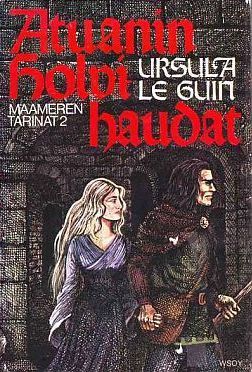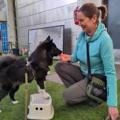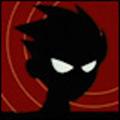Milla H reviewed Atuanin holvihaudat by Ursula K. Le Guin (Maameren tarinat, #2)
Velho piilossa pimeissä käytävissä
3 stars
Maameren tarinoita en nuorena lukenut, jostain ihan eri yhteydestä bongasin Holvihaudat ja päätin lukea. Oikeana päivänä syntynyt pikkutyttö saa jatkaa papitarten jälleensyntymisen linjaa ja hänet vihitään vartioimaan pimeitä käytäviä ja holveja maan alla. Missä ei ketään saisi olla, löytyy mies, jonka oikeastaan pitäisi menettää henkensä, mutta Tenar säästää hänet.
Pimeiden, kosteiden käytävien tunnelma välittyi hyvin. Perinne painaa, pääseekö siitä irti?



